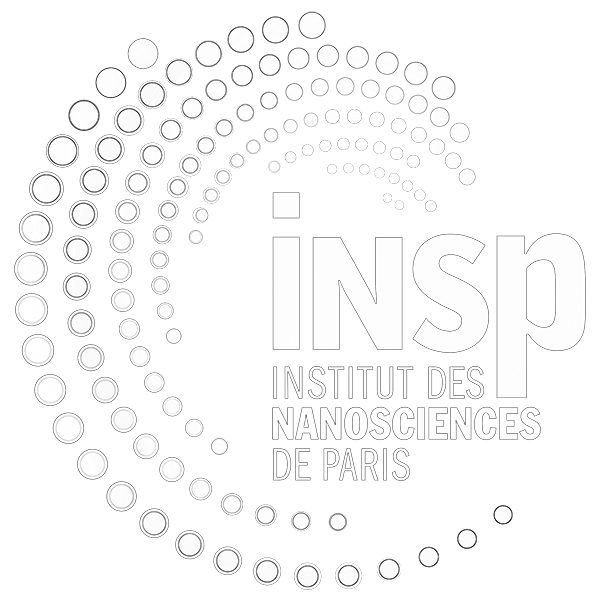Coarsening of foam made from granular matter and yield stress fluid
Financement : Centre National d’Études Spatiales, Doctoral School Physique en Ile-de-France (www.edpif.org)
Description : https://w3.insp.upmc.fr/wp-content/uploads/2024/02/PhD-2024-INSP-Foams.pdf
Début : 2024
Fin :
Doctorant.e :
Equipe(s) : Physico-chimie et dynamique des surfaces
Page des thèses de(s) l'équipe(s) : Physico-chimie et dynamique des surfaces
Etat de la thèse : Experimental et Thèse proposée
CLICK ON “description” to get the complete document
Keywords: Soft condensed matter physics, Granular matter, Complex fluids, Aqueous foams, Fluid mechanics, Experiments
Scientific description: Aqueous foams provide a promising route towards sustainable applications in a variety of domains, such as innovative construction, soil remediation, tissue engineering, or smart filters…. However, controlling the morphology and the functional properties of foamed materials constitutes a difficult task. This is due to the intrinsic aging processes at play in liquid foams before the hardening step [1], among which coarsening is challenging to be counteracted. Along this process, sometimes called “thermodynamic capitalism” because big bubbles grow at the expense of small ones, the foam microstructure is strongly altered. Therefore, the final microstructural features of the material are very sensitive to the coarsening kinetics or its eventual arrest. Actually, strong scientific questions remain about coarsening, especially in the case of liquid foams made with complex fluids, such as particle suspensions, concentrated emulsions or colloidal pastes. Here we propose to study coarsening dynamics of aqueous foams made from particles suspended in a yield stress fluid. The objective of the thesis will be to set experiments to probe the coarsening of such foams with controlled parameters (bubble size, gas/particle/complex fluid volume fractions) and ageing conditions. The foam structure and dynamics will be studied using several techniques combining surface and bulk probes of the microstructure and its local rearrangements. The investigations will be designed in order to identify the conditions for which coarsening is efficiently counteracted by the particles confined between the gas bubbles, in terms of particle concentration, particle shape, particle/bubble size ratio, and rheological behavior of the suspending fluid. The analysis of the experiments will benefit from results of coarsening experiments currently performed on-board the International Space Station [2, 3], where gravity-induced flows are suppressed. The results will yield the basis to elaborate a scaling model predicting coarsening arrest.
[1] “Foam: Structure and Dynamics“, Cantat, Cohen-Addad, Pitois et al, Oxford University Press (2013)[2] Pasquet, Cohen-Addad, Pitois et al, Soft Matter (2023) 19, 6267-6279
[3] Galvani, Cohen-Addad, Pitois et al, Proc. Natl. Acad. Sci. U.S.A. (2023) 120, e2306551120
Techniques/methods: Millifluidic, optical and fluorescence microscopy, multiple light scattering, x-ray microtomography, image and data analysis, mathematical modelling
Funding: Centre National d’Études Spatiales, Doctoral School Physique en Ile-de-France (www.edpif.org)

